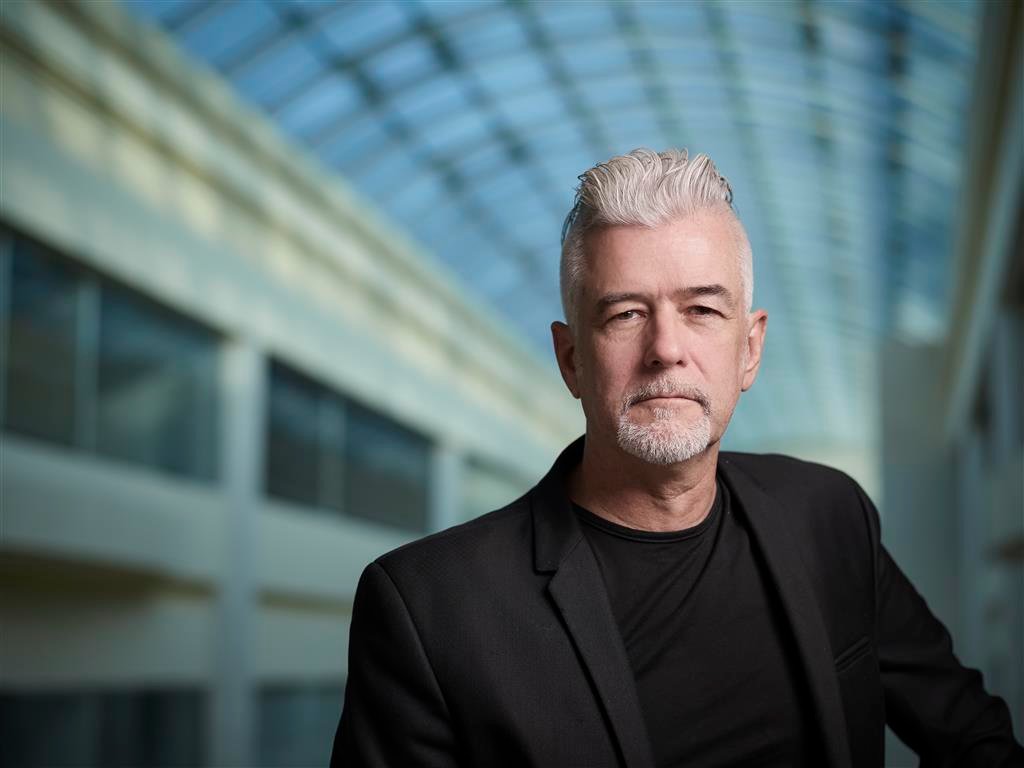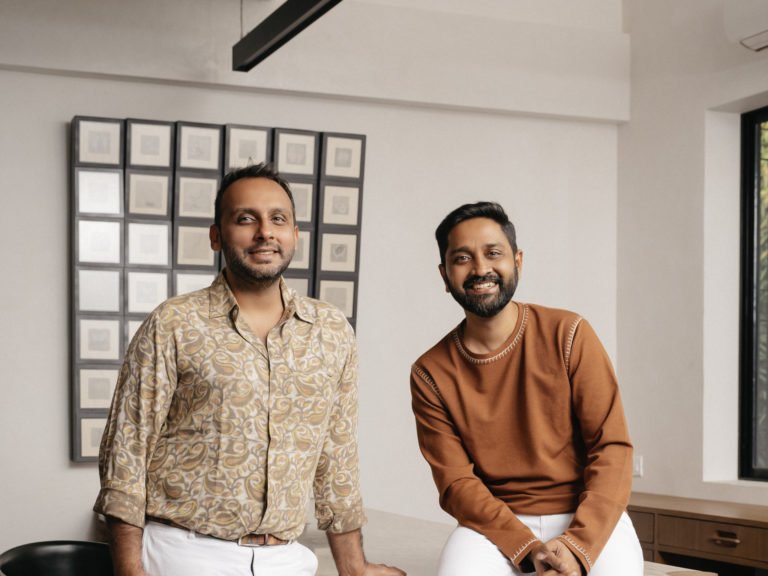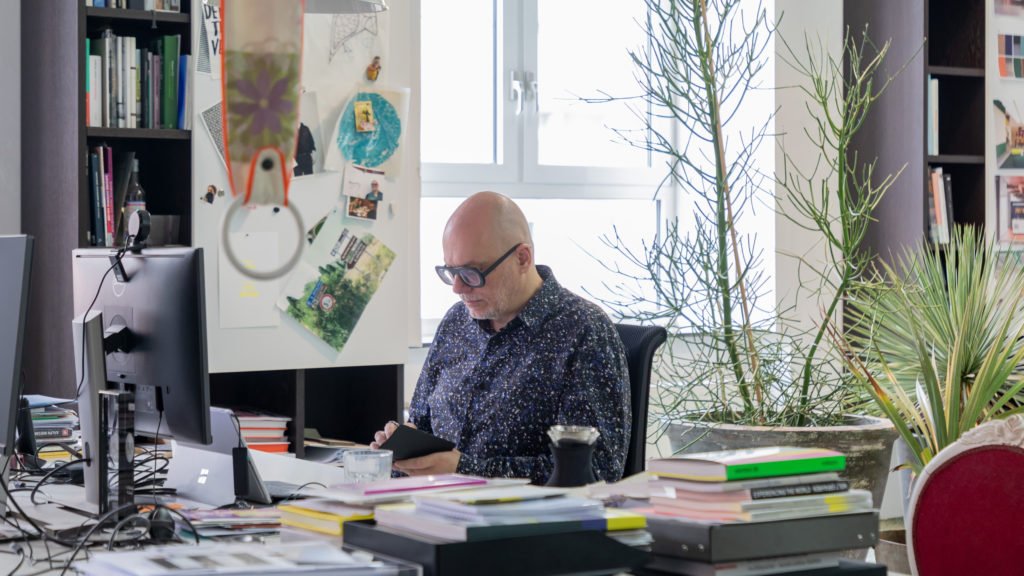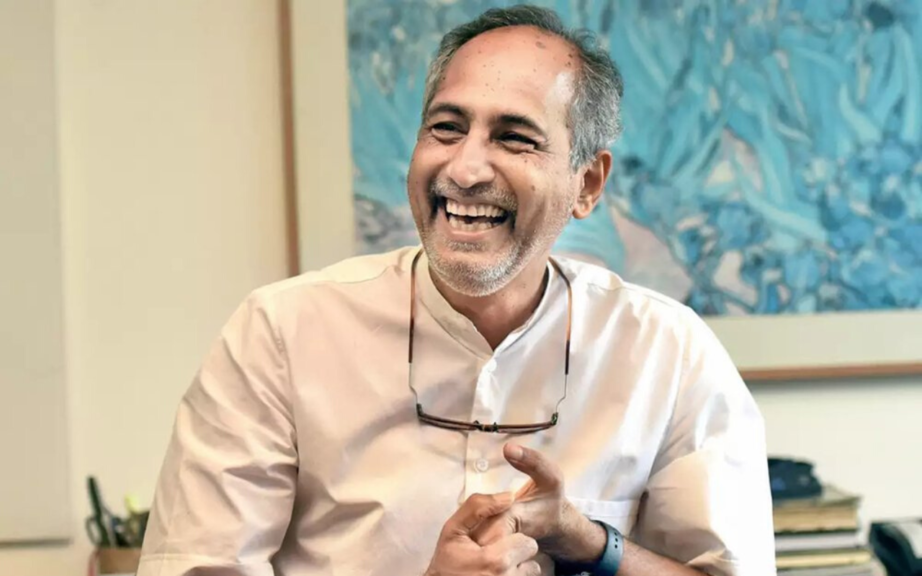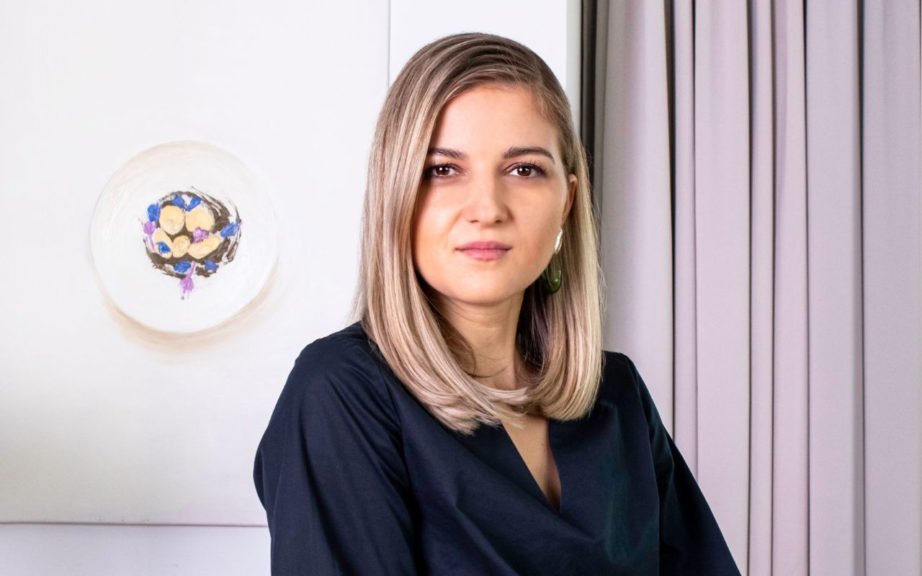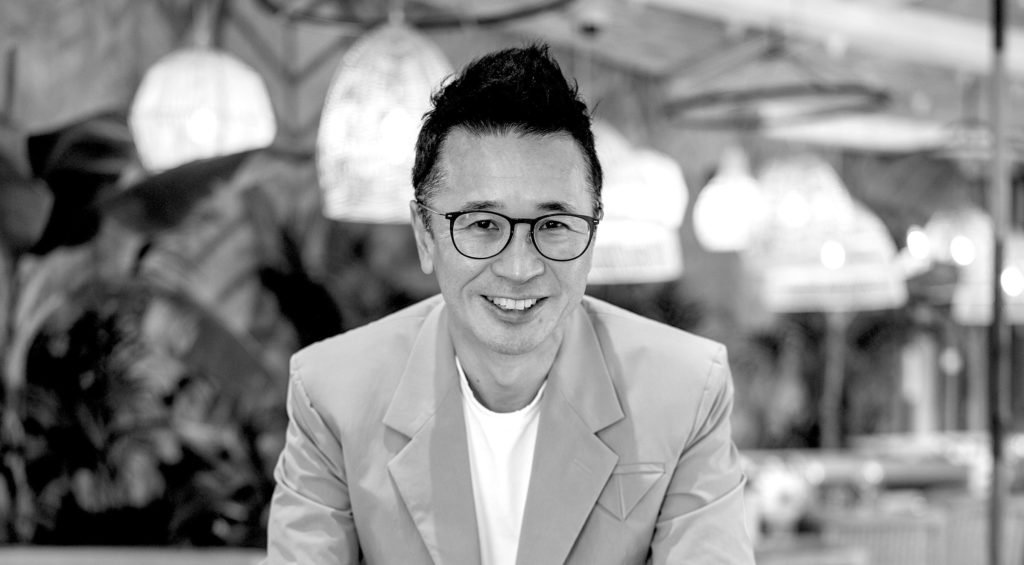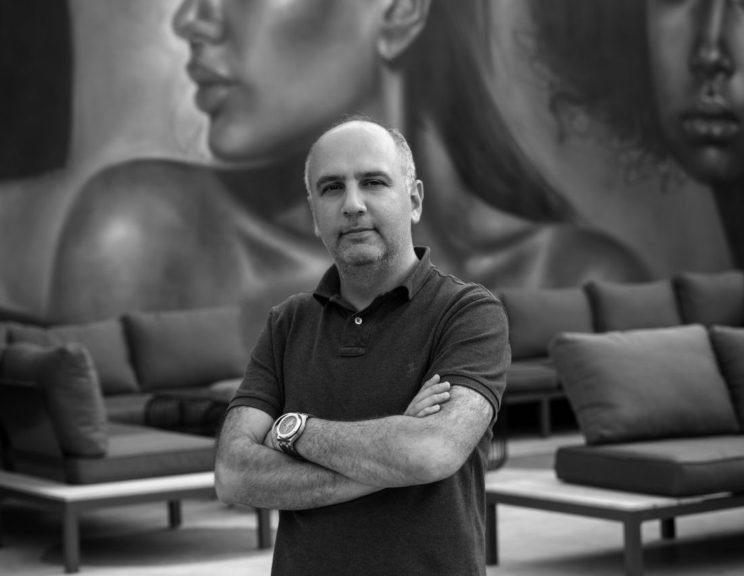Kevin McLachlan has a resume that reads like an employer’s dream come true. If his life’s work were to be summarized into mere bullet points, here is how those points would read:
- 25 years of experience creating successful designs for the hospitality industry, residential and corporate sectors in locations from the UK to North Africa, and the Middle East.
- Designed more than 180 restaurants, hotel, and leisure interiors.
- Currently a Partner and Head of Interior Design, leading a 45-strong team, at Godwin Austen Johnson – one of the largest and longest established UK architectural and design practices in the UAE.
Ask him to name drop some of the places he’s designed, and you’ll hear destinations like Glasgow’s Groucho Club Hotel, Ibiza’s Café Mambo, Dubai’s Madinat Jumeirah, Fairmont in Ajman, the Sheraton Hotel Mall of the Emirates, and the Hilton Garden Inn Dubai Mall of the Emirates.
We wanted to know more about this impressive Scottish-born man, so we asked him some questions to try to get inside the mind of Kevin McLachlan.
LTD: What have been your favorite and least favorite designs that you’ve worked on, and why?
Kevin: I don’t recall any particular least favorites, as such. Of course, there are always projects that I was not pleased with, but really my main qualms are usually over waste – wasted opportunities, wasted time, and wasting money. Personally, I always wish we could do things better – self-criticism is a huge driver. Really I have to say our current project at Jewel of the Creek in Deira has to be the most challenging, and hopefully the most satisfying – comprised of seven hotels and 22 restaurants, as well as a mixed-use entertainment complex. Three of the hotels are new brands, and we have worked hard [for our client] to develop all new brands of the restaurants. Now, at the heart of the development, we are also developing a large auditorium exhibition hall, sports bar, theater dining, a deli diner, and rooftop bar. Of all these brands it has to be the 3-star plug and play hotel that is my favorite. It will be a game-changer that takes risks and pushes boundaries, so we are all eager and excited to visit and experience our creation in the coming 18 months.
Three of the hotels are new brands, and we have worked hard [for our client] to develop all new brands of the restaurants. Now, at the heart of the development, we are also developing a large auditorium exhibition hall, sports bar, theater dining, a deli diner, and rooftop bar. Of all these brands it has to be the 3-star plug and play hotel that is my favorite. It will be a game-changer that takes risks and pushes boundaries, so we are all eager and excited to visit and experience our creation in the coming 18 months.
LTD: Where do you find your inspirations for your designs? Are there places where you’ve found numerous inspirations – sources that you’ve used many times?
Kevin: I am blessed and cursed at the same time with a photographic memory. So in this age of Google and Pinterest, authenticity and originality is a rare commodity – and in my case, it is hard for me (and I’m sure I’m not alone) to turn it off. For my own work, there is a brief time, between waking and sleep when reality begins to warp. I do most of my good design work in the early mornings in bed. My approach now is more about where I’m coming from, and what sets one design apart from another. The constant conversations and discussions I have, afford me, most of all, great perspective. So in my hypnagogic state, this is where I have clarity and connect the dots. It’s where I cook up new designs or connect the right people to each other. I highly value connecting people.
LTD: With regards to the corporate hospitality industry, what are some of the most common mistakes you see being made/built?
Kevin: With the continued rise in global mobility, the Global Warrior is a more demanding and diverse character, with a much younger outlook than before. The corporate sector is a disrupted and growing market. Where what was once expected from brands was sameness and security from one global local to another, now we expect destinations that are connected to their communities and neighborhoods – vibrant meeting points that are culturally connected. It would now be deemed a mistake to offer the same hotel in different locales. We will see more short stay business hotels of interest further congregating around existing and new airports. These are aimed purely at the global passenger and are a great opportunity for reinvention.
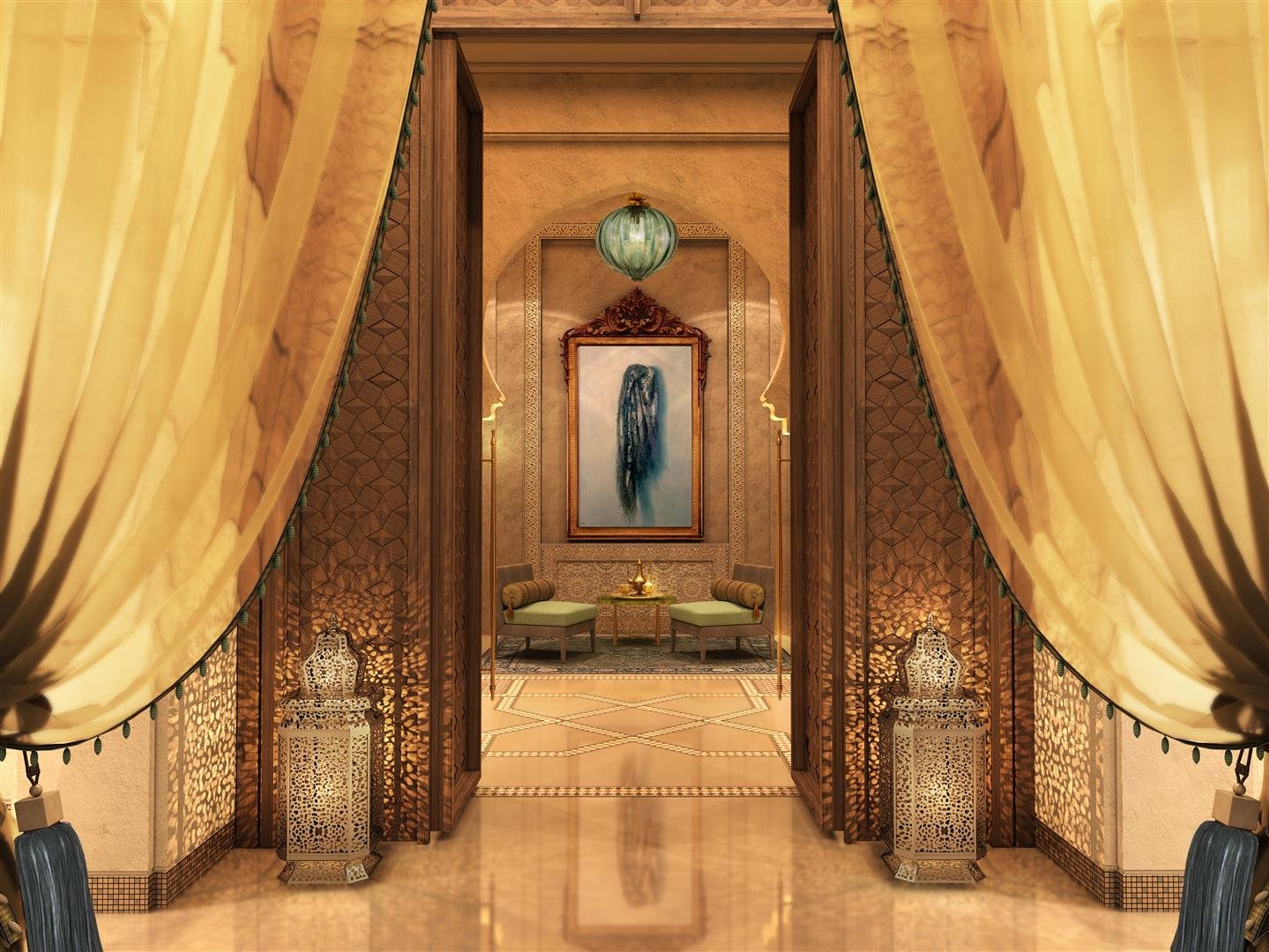
LTD: What would be the most important advice you could give new designers in order to help them succeed?
Kevin: Belong to your work. Unfortunately, we live in a throw-away time. Ideas are our most valuable commodity that defines us, and set us apart. This readiness to walk away from our endeavors for the next fix, in order to consume experiences, leaves others to pick up the pieces and take full credit. It is an all-too-convincing argument that we are transitioning to a virtual world where the physical diminishes inversely to the virtual, so hang on to your dreams, and don’t let others hijack them.
LTD: Where do you see designs in the hospitality industry (specifically with hotels) moving in the next 5 years?
Kevin: Like any part of design, graphic, architectural, communication, or product, they are all composed of ‘languages’ that communicate to us on many levels. These ‘languages’ tell us what went before and where they could possibly go in the future. They all have their rules, which can and should be broken on occasion. Just as in our written and spoken languages, there is a period of learning, sometimes lengthy periods of development and mastery, and then comes experimentation.
Hospitality design, when we look back, has come a long way, and is maturing at a very fast rate in terms of meeting customer experiences, quality of construction, economics, and the designers’ understanding of the medium. I see this ‘language’ growing at an increasing rate. The cookie-cutter, formula approach to hotel design is, I believe, firmly in the past. We see operators searching for the new norm, which is radically different than the past. There will be growth and a premium on ideas, and the ownership of them. We will see a failure of brands as the new disruptive thread takes hold – these are new design ‘languages’ that challenge and play to our needs.
Going forward, this is what will set customer experiences apart. As we see more disruptive brand developments, we will see the importance of the individual and the cool is placed above traditional hotels’ star ratings. Already there are lower cost models that can achieve higher returns. In the future, whether for good or bad, we will see increased metrics in attempts to measure the success of our design. We will also see the acquirement of successful new trend Hotels by larger chains, as they add these as a shortcut to diversifying their portfolios. Disruption is good for all of us… It is great not knowing what the future looks like, and I’m sure we all agree it is great to find the gem-of-a-hotel to stay in, as it is likely to be a memory that will stay with you.
Thanks, Kevin, for letting us get inside your brilliant head and for helping fellow designers get some ideas on how they can possibly one day have a similarly impressive resume like yours.

